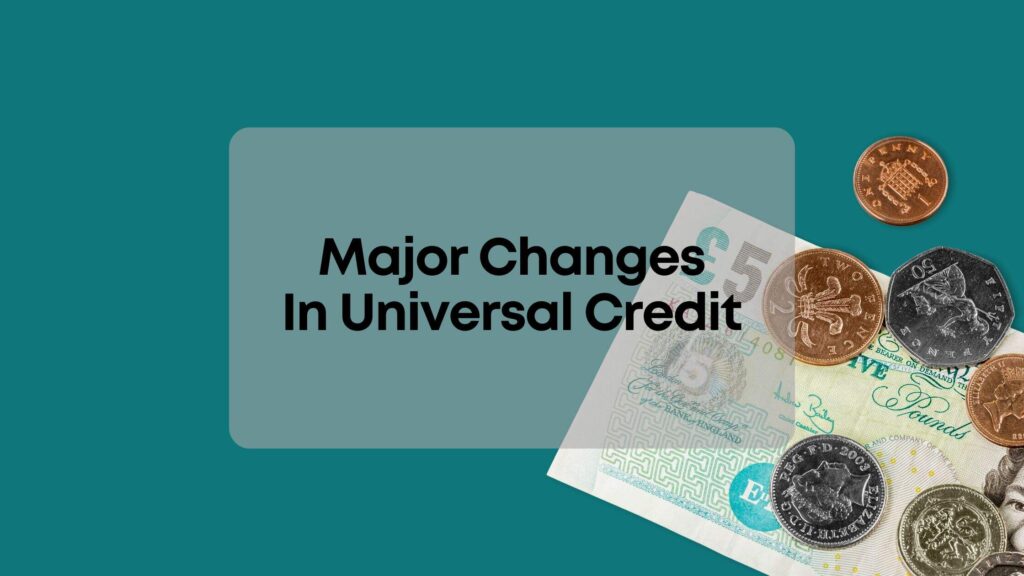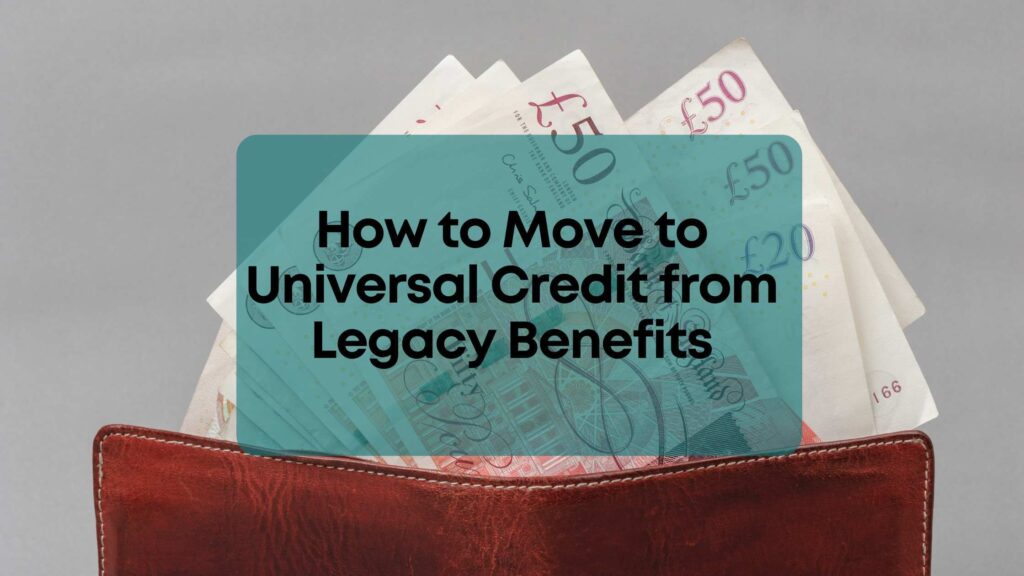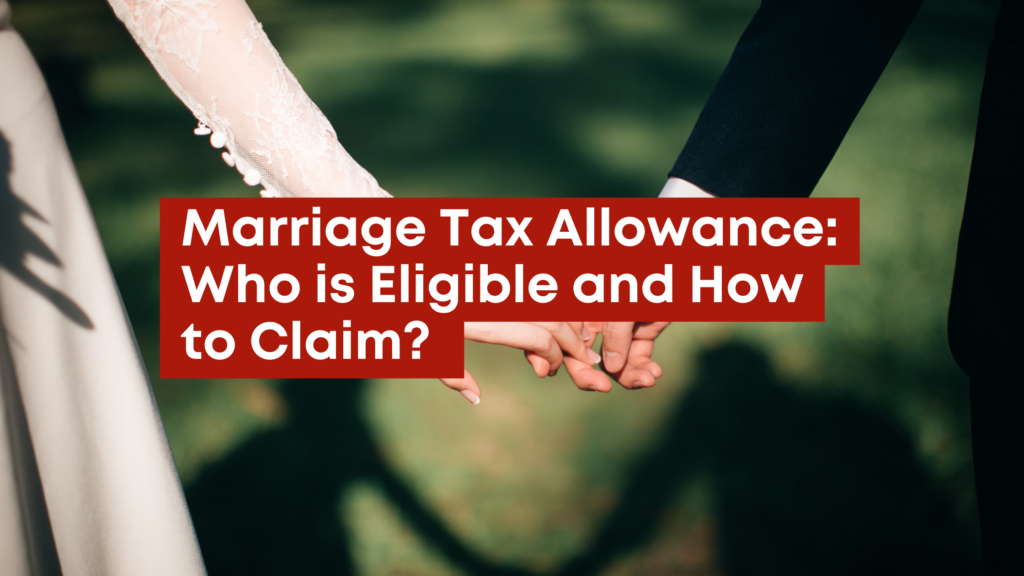Buying property in the UK doesn’t just mean paying the purchase price, Stamp Duty Land Tax (SDLT) is one of the biggest extra costs. The good news is that traders and investors can reduce this expense. This article explains what a stamp duty relief claim is, how it applies to probate property purchases, and how using it correctly can help you save thousands while boosting profits.
What Is Probate and Why Does It Matter to Traders
Probate is the official process carried out after someone dies, making sure any debts are settled. If the person owns a house, it usually can’t be sold until probate is completed.
For traders, probate matters because houses from estates often sell below market value. Families may want a quick sale, giving us a chance to buy at a better price. On top of that, probate purchases may qualify for stamp duty relief on probate property, which means lower tax costs.
Understanding Stamp Duty Land Tax Relief in Probate Properties
Stamp Duty Land Tax is based on the property price and can add thousands to the cost. But if the property comes from a probate sale, you may be able to get relief.
Here’s what learned about probate SDLT relief in the UK:
- Probate properties are treated differently – The government recognises they are often sold quickly, so relief applies in certain cases.
- Conditions to qualify –To qualify for SDLT relief, the property must meet the following conditions:
- The buyer must be a property trader purchasing as part of their business.
- The deceased must have lived in the property as their main or only home within the last 2 years before death.
- The land acquired must not exceed HMRC’s permitted area limit.
- The buyer cannot excessively refurbish the property, grant a lease, or occupy it personally.
- The sale must be made by the personal representatives (executors/administrators) of the deceased person.
- How much you can save – Relief can remove or reduce the SDLT liability, meaning eligible buyers may not need to pay the tax that would normally apply.
- Benefits for traders – Include lower costs and increased profits.
Get Accountants For
Your Property Company
→ 60 Days Free Trial
→ No string attached
Book an AppointmentLearn MoreWho Qualifies for Stamp Duty Relief
Not every buyer can claim relief.Only traders and investors purchasing probate properties are eligible.
Key factors include:
- Type of property –The property must come from a probate sale.
- Purpose of purchase – Must follow probate and relief rules.
Once the requirements are met, you can submit a claim to reduce the tax owed.
How Traders Can Claim Stamp Duty Relief on Probate Purchases
- Identify a qualifying property – Ensure it’s part of a probate sale and sold through legal channels.
- Check eligibility – Confirm the relief applies to your purchase.
- Work with a tax expert – They make sure all documents are correct.
- Complete SDLT forms – Fill them in when registering the property.
- Submit your claim – Send forms with your SDLT payment or through your solicitor.
- Keep records – Save probate documents and agreements in case HMRC asks for proof.
Following these steps helps reduce tax legally and save money.
Our Tips to Avoid Mistakes When Claiming Stamp Duty Relief
Stamp duty relief can save money, but mistakes can be costly. Always check the property qualifications, keep paperwork safe, meet deadlines, and get expert help if needed.
- Check if the property qualifies.
- Keep all paperwork safe.
- Double-check forms before submitting.
- Meet the 30-day deadline after purchase.
- Ask for expert help if unsure.
Buying probate properties can be a smart way to save, especially on SDLT. A stamp duty relief claim reduces tax, lowers purchase costs, and increases profits. What matters most is identifying eligible properties, meeting legal requirements, and ensuring SDLT forms are accurate. Because probate and tax rules can be complex, it’s best to seek professional advice.
Don’t miss the chance to save on your next property purchase. Get expert guidance and make your stamp duty relief claim correctly from the start.





